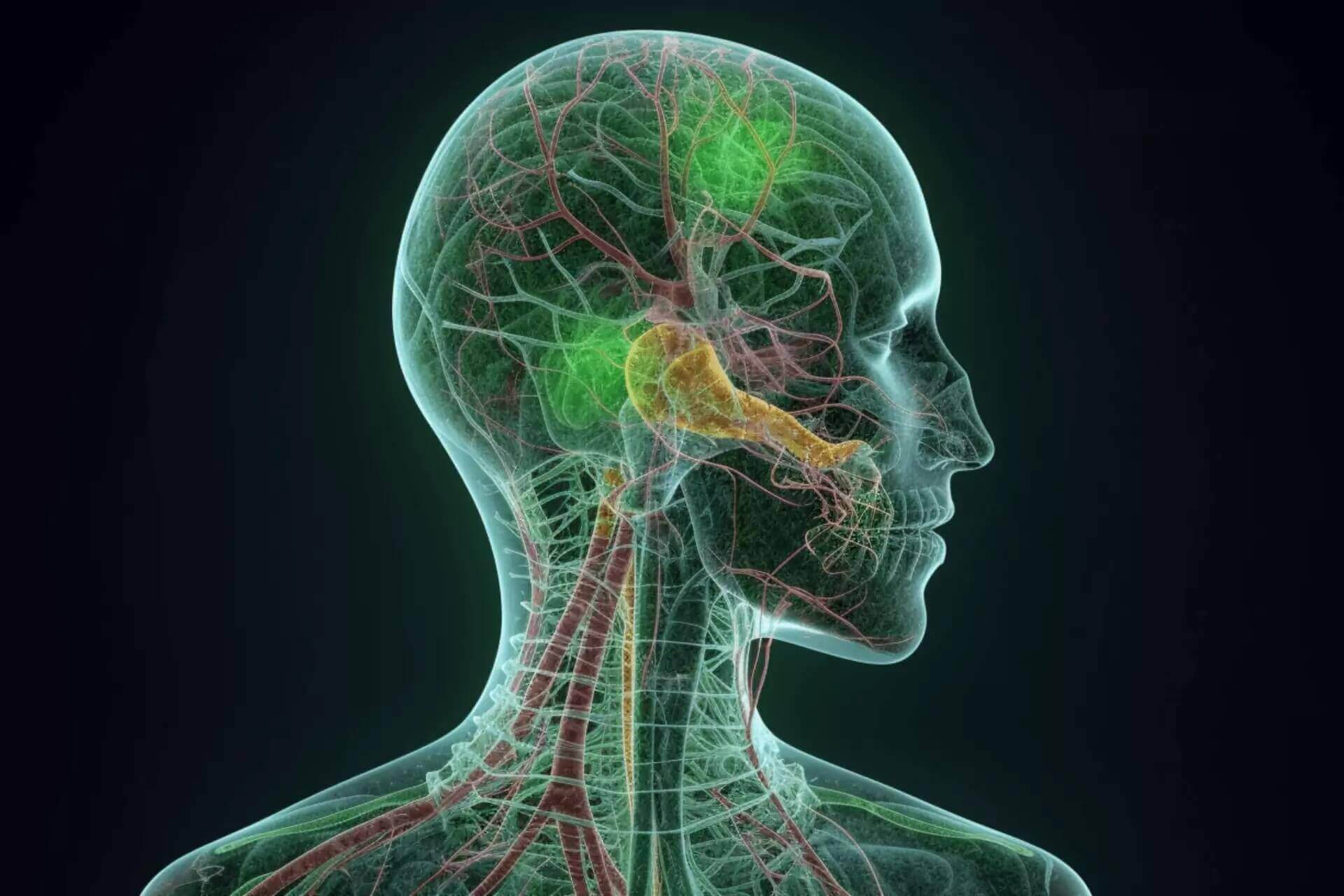Cannabinoids, the active compounds in cannabis, have become a cornerstone in exploring natural health solutions. These compounds interact with the endocannabinoid system (ECS), which regulates critical physiological functions like mood, sleep, appetite and pain. As research progresses, cannabinoids are proving to have immense therapeutic potential for both medical and wellness purposes.
The Endocannabinoid System: A Natural Partner
The ECS consists of two primary receptors, CB1 and CB2, located throughout the body. CB1 receptors are most prevalent in the brain and central nervous system, influencing mood and cognition, while CB2 receptors are abundant in immune cells, playing a role in reducing inflammation. Cannabinoids bind to these receptors, creating a variety of effects that promote balance, or homeostasis, in the body.
Key Cannabinoids and Their Functions
THC (Tetrahydrocannabinol)
- Psychoactive Effects: THC is the compound that produces the euphoric sensation or “high” associated with cannabis use.
- Therapeutic Benefits: THC is effective in alleviating nausea, stimulating appetite, and managing chronic pain, making it essential for conditions like chemotherapy-induced nausea or AIDS-related appetite loss.
CBD (Cannabidiol)
- Non-Psychoactive: Unlike THC, CBD does not produce a high.
- Health Applications: CBD is widely used for its anti-inflammatory properties, anxiety relief, and neuroprotective potential. It has shown efficacy in managing epilepsy, multiple sclerosis, and even PTSD.
CBG (Cannabigerol)
- Often called the “mother cannabinoid,” CBG is a precursor to THC and CBD. It is being researched for its anti-inflammatory and neuroprotective properties, as well as its potential in treating conditions like glaucoma and inflammatory bowel disease.
CBN (Cannabinol)
- Formed as THC degrades, CBN has mild psychoactive properties and is valued for its sedative effects, making it useful for sleep disorders.
CBC (Cannabichromene)
- CBC is non-intoxicating and works synergistically with other cannabinoids to enhance their therapeutic effects, particularly in pain and inflammation management.
Emerging Cannabinoids
Cannabis contains over 100 cannabinoids, many of which are less researched but hold unique therapeutic potential:
- THCV (Tetrahydrocannabivarin): Acts as an appetite suppressant and may have applications in weight management and diabetes treatment.
- CBDV (Cannabidivarin): Shows promise in treating neurological disorders like epilepsy and autism spectrum disorders.
Therapeutic Applications of Cannabinoids
Pain Management
Cannabinoids like THC and CBD are effective in managing both acute and chronic pain. THC alters pain perception in the brain, while CBD reduces inflammation, addressing the root cause of many conditions.
Mental Health and Mood Disorders
Cannabinoids show promise in managing anxiety, depression, and PTSD. CBD’s calming effects make it ideal for reducing stress, while THC can uplift mood when used in moderation.
Neurological Conditions
Both THC and CBD are being studied for their neuroprotective properties, offering hope for conditions like Alzheimer’s, multiple sclerosis, and Parkinson’s disease.
Cancer Support
Cannabinoids can alleviate chemotherapy side effects such as nausea and pain. Preclinical studies also suggest that CBD may inhibit the growth of cancer cells, opening doors for future cancer treatments.
Innovations in Cannabinoid Research
Advances in research are uncovering sustainable ways to produce cannabinoids and explore their potential:
- Synthetic Cannabinoids: Laboratory-created cannabinoids mimic the effects of natural compounds and offer precise dosing.
- Biotechnological Production: Using yeast and algae, researchers aim to produce cannabinoids more sustainably.
- Cannabinoid-Like Compounds in Other Plants: Scientists are identifying compounds in non-cannabis plants that interact with the ECS, broadening the scope of natural therapeutics.
Conclusion
Cannabinoids have transformed our understanding of natural medicine, offering solutions for pain relief, mental health support, and chronic disease management. As research continues, these compounds hold the potential to redefine healthcare and wellness, providing safe, effective, and sustainable alternatives to traditional treatments.





